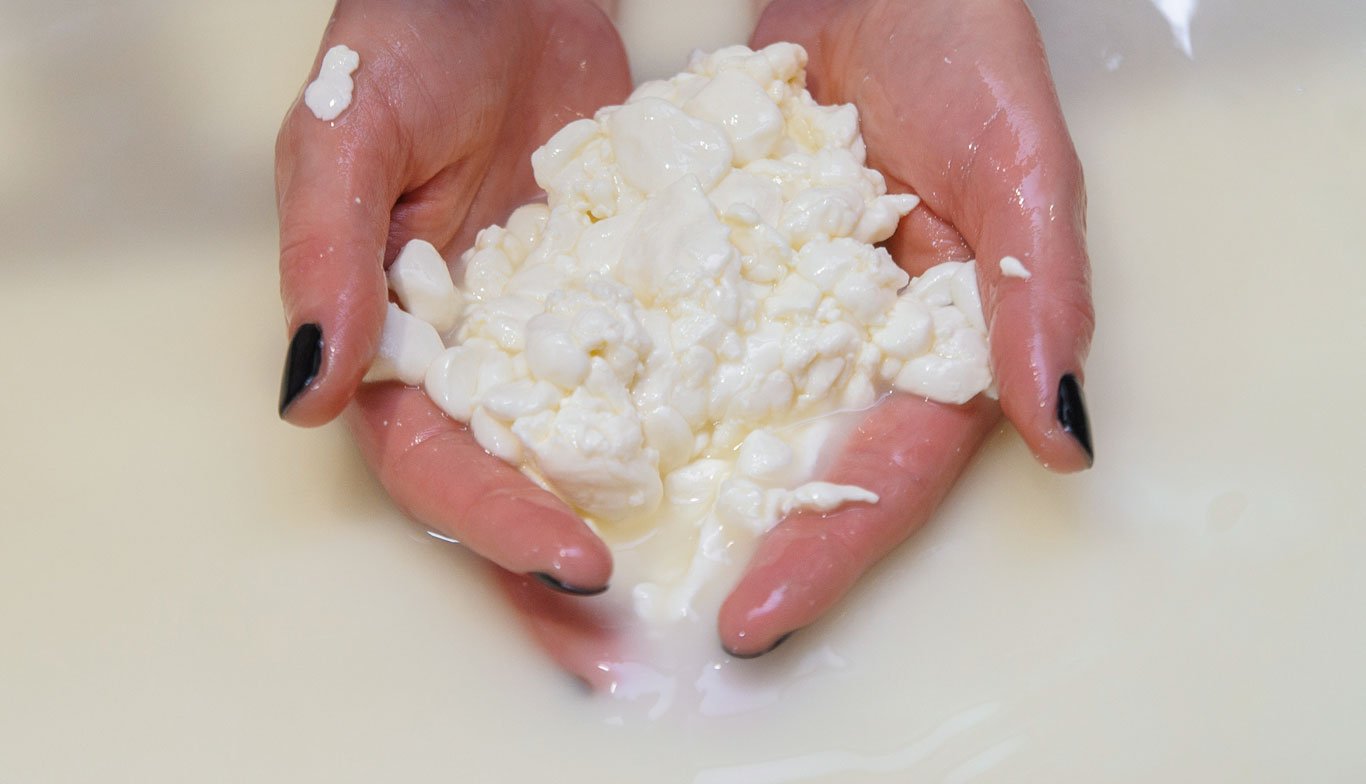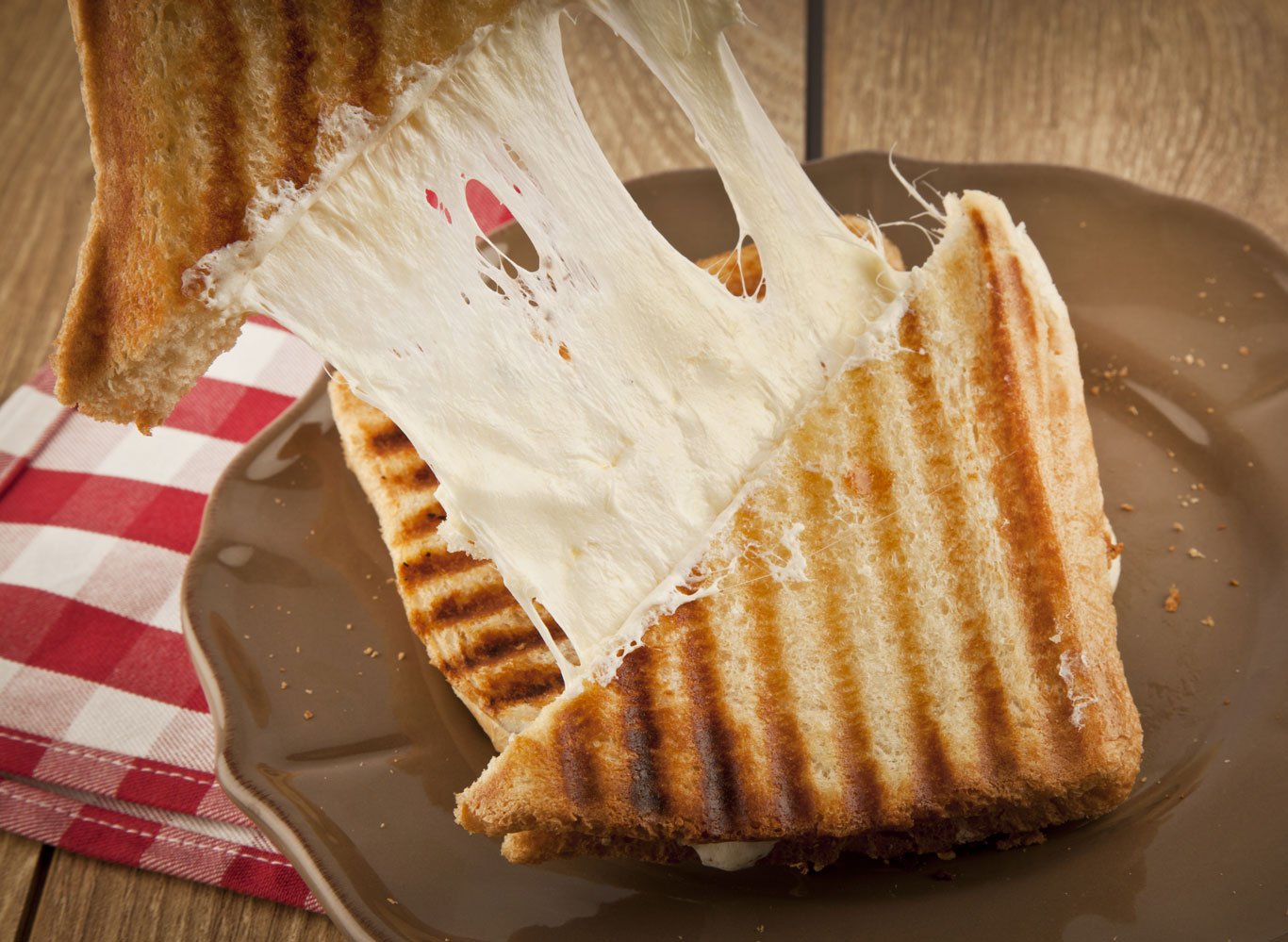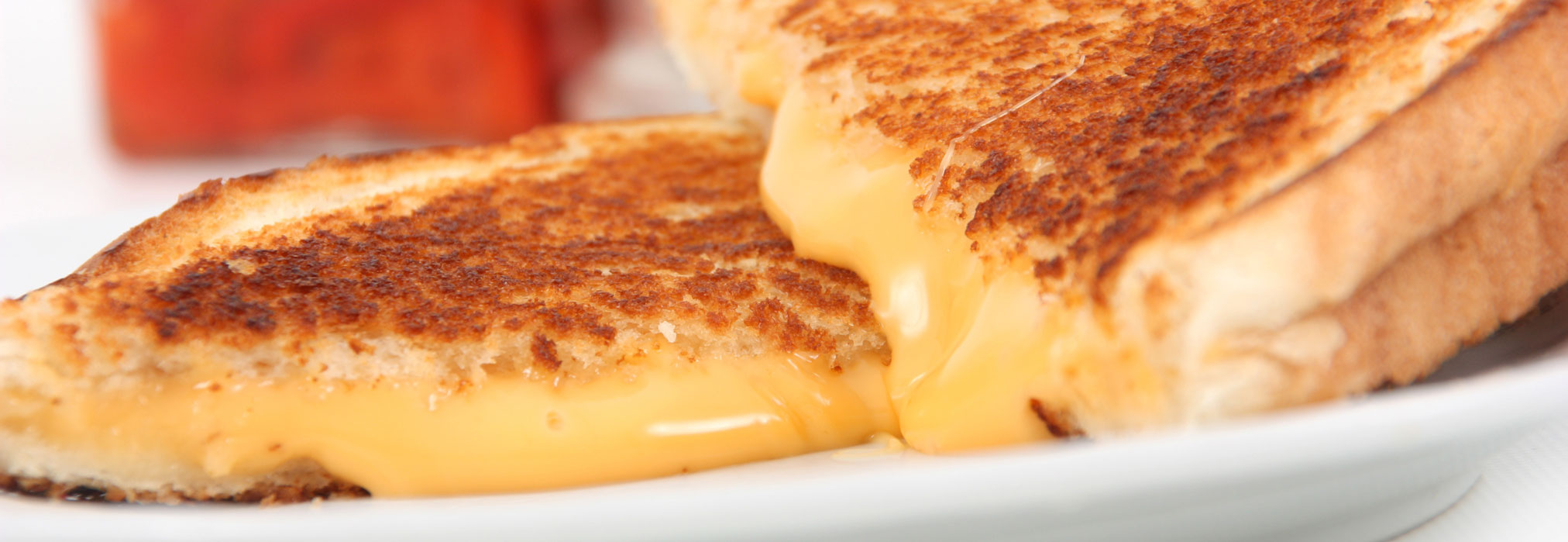Updated 6/13/24
Warning: Cheesy puns ahead.
April is National Grilled Cheese Month. Yes, a whole month dedicated to celebrating the quintessential sandwich and one of the first items most at-home cooks learn to make. But, that’s not gouda enough; April wants extra cheese. April 11 was National Cheese Fondue Day and April 12 was National Grilled Cheese Day.
You might be thinking, “You’ve got to brie kidding me, why does this matter? Why does Pitsco publish these high-level or moderately researched blogs about the science behind holidays, food, and sports?” In short, because STEM needs to be relatable. Science, technology, engineering, and math are a part of our daily lives – sometimes in the forefront but often behind the scenes in systems we overlook or even take for granted. As an education company, we’re interested in real-world relevance. We want learners to take interest and build capacities in core subjects while developing soft skills, and if it takes a silly subject or a loose connection to spark learning, we’re there.
So, back to our mature topic of the day . . .
According to historians, the first ever cheese was likely created in 6000-7000 BC in the Fertile Crescent, potentially by accident, and presumably with milk from a goat.

The Basics
Cheese making is ultimately the separating of water from milk and the coagulating of proteins. This controlled process concentrates proteins and fats, which are precipitated by chemical reactions with microorganisms and salt. The process isn’t super complex, but the variation at each stage produces the wide variety of flavors and textures that you’ll find at your nearest market or cheese monger.
Souring the Milk
Souring the milk, also called ripening, is a change in the milk’s pH levels. Bacteria naturally present in the milk, or added to the milk, converts the lactose, or milk sugar, to lactic acid. Changing the acidity levels aids in separating the curds and whey and helps inhibit the growth of unwanted bacteria.
Coagulation
Next up is curdling, or coagulation. This occurs because of a change in the casein proteins. Some cheeses can curdle with just a change in acidity. In this instance, the casein proteins, which are arranged in groupings called micelles, essentially break down, and the remaining group of proteins are left in a lightly connected network that is more creamy than elastic (think queso fresco or paneer). However, most coagulation occurs with the addition of rennet. Rennet is an enzyme mixture that contains chymosin. This enzyme specifically reacts with casein. The rennet causes the micelles to group together, creating a network and trapping the fat and water, which makes the curd structure needed for most cheeses we enjoy.
Separating/Cutting/Releasing and Pressing
This step has many names, but at the most basic level this is when the whey is separated from the curds. Salt and mold spores (like for bleu cheese) can be added at this point. When separation has occurred, generally speaking the cheese is pressed and formed. As more whey is separated and curds are pressed, the more moisture is drawn out. Less whey (moisture) means a firmer cheese (here’s looking at you, cheddar).
Note: Heat is applied during the coagulation and separation steps depending on the cheese.
Aging
After the cheese is formed, it’s left to ripen, or age. This occurs in a temperature- and humidity-controlled environment. Ripening time depends on what type of cheese it is. “As cheese ripens, bacteria break down the proteins, altering the flavor and texture of the final cheese. The proteins first break into medium-sized pieces (peptides) and then into smaller pieces (amino acids). In turn, these can be broken down into various, highly flavored molecules called amines. At each stage, more complex flavors are produced”.

Melting 101
Picking the right cheese is key to get that perfect gooey, stretchy melt on your grilled cheese. The perfect melt comes from a cheese that is young, has good moisture, and can be easily cut at room temperature. The critical components to the perfect melt comes down to calcium and pH. Chemistry tells us the ideal pH level is between 5.3 and 5.5. At this level, the calcium held in that network of micelles can break away, helping create the desired gooeyness. So, if your cheese of choice is American cheese, mild cheddar, gouda, or a gruyere, that sandwich is going to please you.
One Last, Quick Chemistry Note:
If you want to get that crunchy, crusty bread, trust the chemistry and go low (to medium-low) and slow. Too high of a temperature on your pan will rush the Maillard reaction process. “The Maillard reaction is many small, simultaneous chemical reactions that occur when proteins and sugars in and on your food are transformed by heat, producing new flavors, aromas, and colors”. Let the browning happen; no one wants a soggy or burnt sandwich.
Plan ahead for a fun STEM activity that’s delicious, fun, and educational, but you have the whole month to work it in. May we suggest a collaboration with your FACS teacher for a quick cross-curricular lesson or a fun homeschool or after-school session? Grab your ingredients and get to the kitchen. It’s going to be grate! Science has never tasted so good.
For more STEM in the kitchen, check out Muffins for mom: Baking up a STEM lesson.
MORE RESOURCES:
TOPICS: IN THE CLASSROOM, IDEAS & INSPIRATION, Culture, Science, STEM, Resources, Activities



